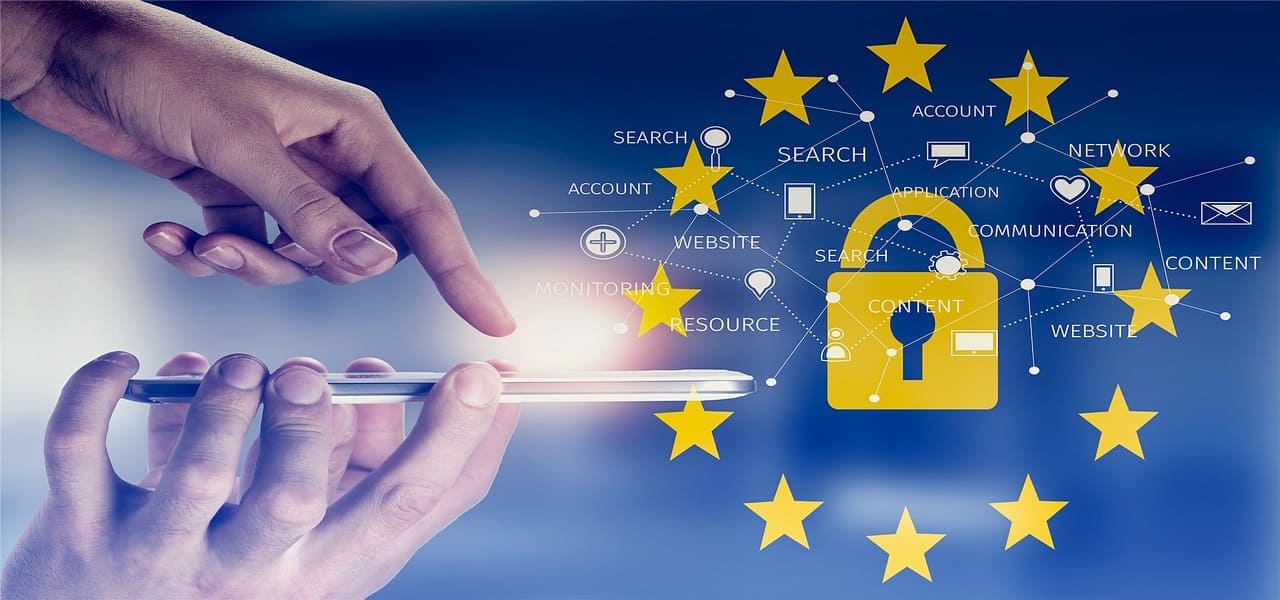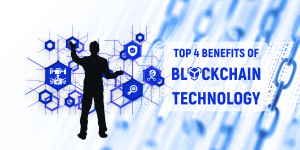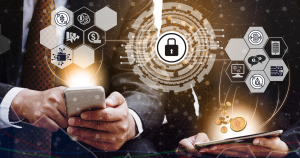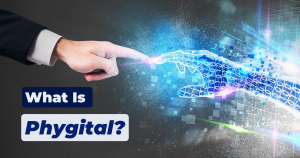The Law Society along with the Tech London Advocates (TLA) recently published a report that outlines the legal aspects of DLT. In fact, the TLA’s working group was created back in 2018 and is dedicated to identifying and exploring areas where guidance is required from regulatory authorities.
The report suggests essential recommendations on different legal aspects relating to DLT, such as commercial application, data governance, intellectual property, data protection and dispute resolution.
Commercial Application
Now that we are past the hype cycle, DLT and blockchains are being deployed to solve specific challenges that businesses have. More often these use cases are related to how data can be shared between disparate parties more efficiently.
The report analyses a potential use case in the retail and consumer sector, where it seems that businesses would rather utilize a private blockchain. One main drawback of the public blockchains is that there is a lack of formal contracts in place and that makes it difficult for participants to easily understand their rights and responsibilities. According to the report, the consensus mechanism (“proof of work” for the Bitcoin public blockchain) is time-consuming and costly to run.
For the purposes of a retail and supply chain in general, the paper describes a decentralised model where a trusted intermediary sets up the nodes that comprise the network. The trusted intermediary might be a food regulatory agency or a supermarket, and the participants might be farmers, producers, distributors or IoT devices (devices that connect to the blockchain over the internet).
The whole network is working together through blockchain and if there is a problem with some goods, then stakeholders can easily find out where the spoiled/contaminated goods are, or if there is a delay with a dispatch, who is responsible for the disruption on the chain.
Data Governance
The potential of smart contracts has attracted a lot of attention from businesses. Utilising DLT and blockchain, it is possible to run code mirroring contractual arrangements between stakeholders in a way that is sustainable, tamper-resistant and autonomous. Smart contracts elaborate the functionality of DLT from storing data for executed transactions to actually “performing computations.”
According to the report, smart contracts can create contractual arrangements that are far less ambiguous than the agreements written in legal prose. That is true because of the fact that their performance is not being a separate step compared to “traditional” legal agreements.
The challenge with smart contracts is that they may not be in a human-readable format and may create contracts that some stakeholders will not be able to completely understand.
Intellectual Property (IPRs)
Decentralized technology can completely change the way IPRs are recorded, protected and managed. Through tokenisation, automation and smart contracts, DLT could change how royalties are collected and licensing deals are done.
However, some of the DLT aspects can also have a negative impact and that should not be neglected. The immutable nature of DLT causes a rather negative effect when it comes to copyright infringement. There may be issues regarding the takedown requirements for platforms that facilitate peer-to-peer file sharing. Ultimately, there may be implications for trademark owners.
Questions arise over whether applications linked to DLT and blockchains can attract database rights. It should be considered whether confidential information can be stored and still remain confidential on a distributed ledger. Generally, legal practitioners are advised to review the structure of the DLT and further decide whether some applications, such as smart contracts can attract IRPs or patent protection.
Finally, the report suggests that DLT can fit within the existing (European) Intellectual Property framework and any tensions that exist could be managed by legal practitioners.
Data Protection
Although the report says that further definitions and guidance are needed toward data protection and DLT, it suggests that the technology is a viable mechanism as a governance tool for personal data. Blockchain technologies support different forms of data management and distribution, and so provide more benefits compared to other contemporary solutions.

As a rule, blockchains are designed to enable data-sharing without the need for a central authority. They offer transparency as to who has access to the data and what transactions have been executed with the data. Smart contracts remove intermediaries and automate data exchange, which leads to reduced transaction costs.
These features may assist today’s data economy in many ways. For example, they can support data marketplaces by facilitating sharing of data within institutions. Furthermore, they could provide data users with more control over the personal data that directly or indirectly concerns them. And this is aligned with the right of access (Article 15 GDPR) and the right to data portability (Article 20 GDPR), which provide data subjects with control over what others do with their personal data and what they can do with that personal data themselves.
Legal aspects of DLT in Dispute Resolution
According to the guidance report, there are many on-chain dispute resolution mechanisms that may have the same effect as an arbitration clause in a traditional contract, but it still needs to be further considered and discussed whether on-chain mechanisms provide sufficient scope to resolve all potential disputes that may arise.
It turns out that the enforceability of on-chain mechanisms has not yet been given judicial consideration. And, mechanisms that are not able to determine off-chain matters may be open to challenge. Finally, the working group suggests that if on-chain dispute resolution mechanisms didn’t lack recognised standards or judicial treatment, that would make them a viable alternative to traditional dispute resolution options.
As far as digital and crypto assets are concerned, the report suggests that issues can be solved by adopting legislation on a transnational basis. The need for such global cooperation and coordination is clear and compelling, as ambiguity about the law governing the proprietary effects of the transfer of digital assets on DLT and blockchains would eradicate the trust and confidence in these systems.





